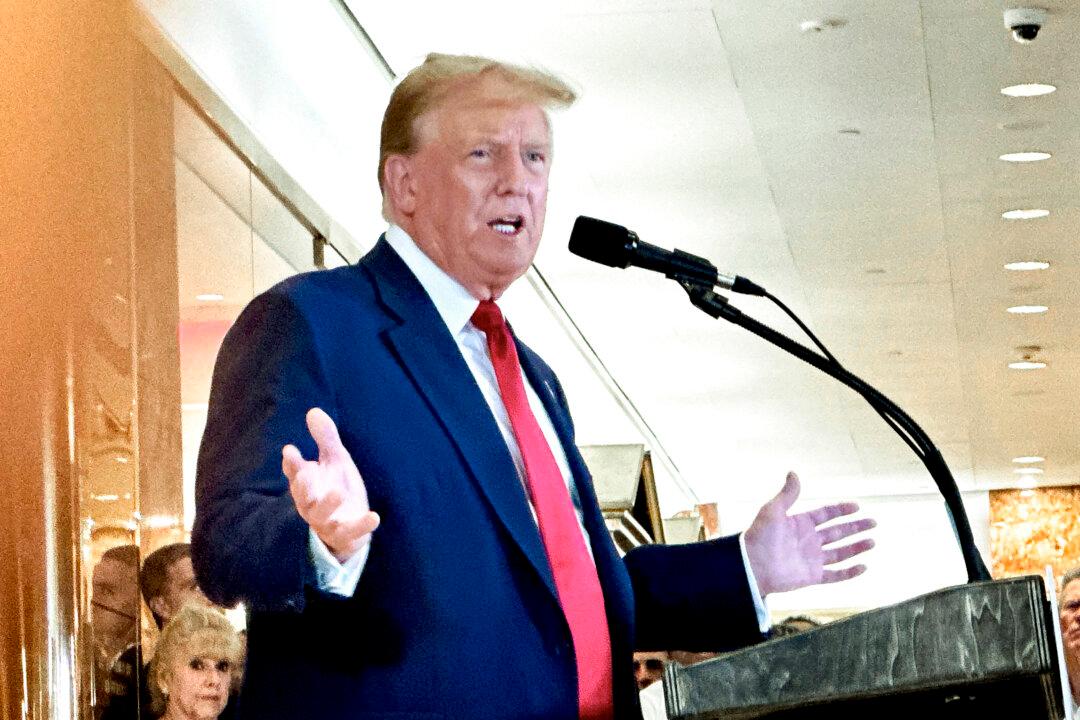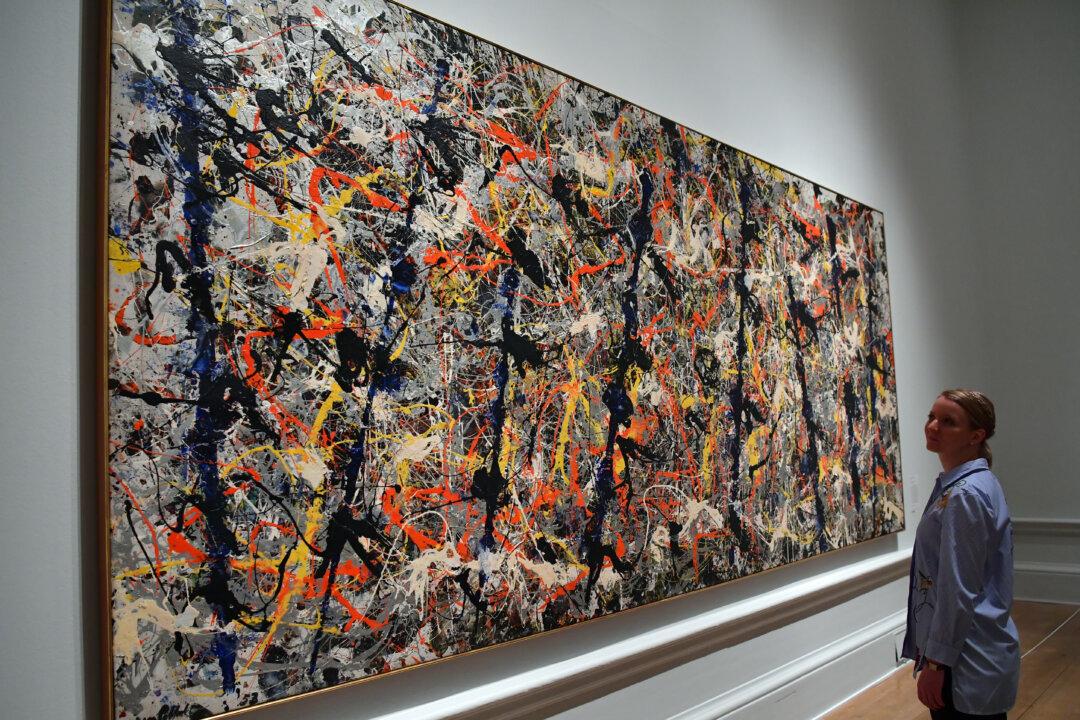Euthanasia—sometimes called “mercy killing”—has long been practiced in the Netherlands. The practice of euthanasia doesn’t distinguish the Netherlands from other places.
Euthanasia—etymologically, the word means “good death”—is more or less surreptitiously practiced the world over in cases where patients are terminally ill, in extreme suffering, and no longer wish to live. Doctors have often colluded with death by silently upping the dosage of morphine or some other sedative.
But by legalizing euthanasia, the Netherlands became the first country to grant the sanction of the law to a practice that has always been hedged with grave ethical questions. What should we think of the decision in the Netherlands to legalize euthanasia?
Morally Fraught
It’s easy, of course, to imagine plenty of circumstances in which we would rather die than be allowed to linger. And it’s because we can easily imagine ourselves or someone we love in a hopeless condition of unbearable pain or degeneration that we—most of us, anyway—are reluctant to be too severe about the “unofficial” euthanasia that has always been practiced.But granting euthanasia the patent of legality is very different from tolerating a practice we know to be ethically questionable. In the one case, we make due allowance for human frailty and the weakness of the flesh. In the other, we arrogate to ourselves—or to a medical bureaucracy—the right to end life when it’s deemed to be inconvenient.
According to a news report, “patients must face a future of unbearable, interminable suffering and must make a voluntary, well-considered request to die. Doctor and patient must be convinced that there is no other solution, another physician must be consulted, and life must be ended in a medically appropriate way.”
Anyone can see that this list begs as many questions as it answers. Who is to say what is “unbearable” suffering? What counts as a “well-considered request to die?” How can we tell if doctor and patient are “convinced” that there is “no other solution”? (Ominous word, “solution.”) What is a “medically appropriate” way to end life? (Presumably, the patient would not be shot with a gun, but with a hypodermic.)
What Makes Us Human
Whenever the topic of euthanasia is broached, someone is sure to bring in the Nazis and their practice of killing the old, the mentally ill, the disabled. That abuse was indeed horrific. But there is an important sense in which the whole question of the “abuse” of euthanasia is a red herring.It’s a red herring because it distracts us from the deeper issue: namely that the problem with euthanasia isn’t its abuse but its use.
What I mean is this: By legally sanctioning euthanasia, we at the same time sanction a view of human life that is superficial at best and morally repugnant at worst. At bottom, it is a view of life that reduces the good to a calculus of pain and pleasure. Life is held to be worth living to the extent that its pleasures outweigh its pains.
One problem with this philosophy of life is that it erases the claims of everything whose reality isn’t susceptible to the pleasure-pain calculus. Considerations of honor, of virtue, of patriotism, of the sanctity of life: such values are what make us human.
I would hesitate to prosecute a doctor who, with the collusion of a dying patient, prescribed somewhat generous doses of morphine. But by legalizing euthanasia, we have taken a step down the road toward moral nihilism. We have given aid and comfort to those for whom “the sanctity of life” is an empty phrase and who regard questions of honor and virtue as negotiable conventions, without intrinsic worth.
There is much in our culture that conspires to encourage this dark and superficial view of humanity. It behooves us to resist the inroads of nihilism by withholding the sanction of the law from practices that, however exigent, are never less than morally problematic.
By legalizing euthanasia, the Dutch have given a hostage to the very force they had hoped to placate: death.





